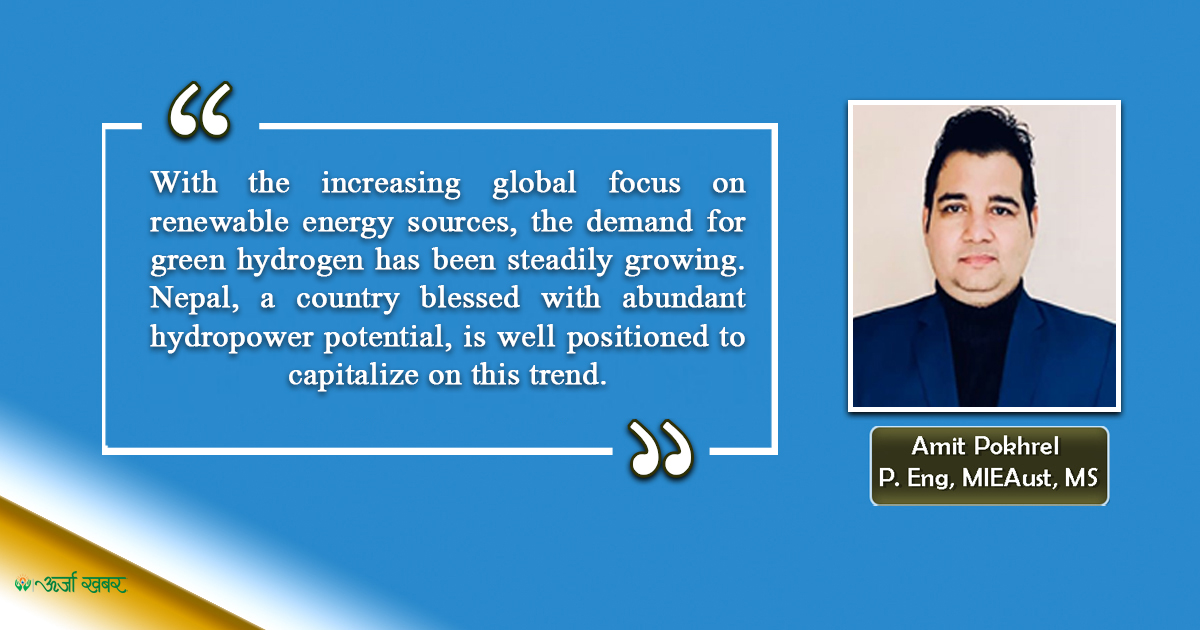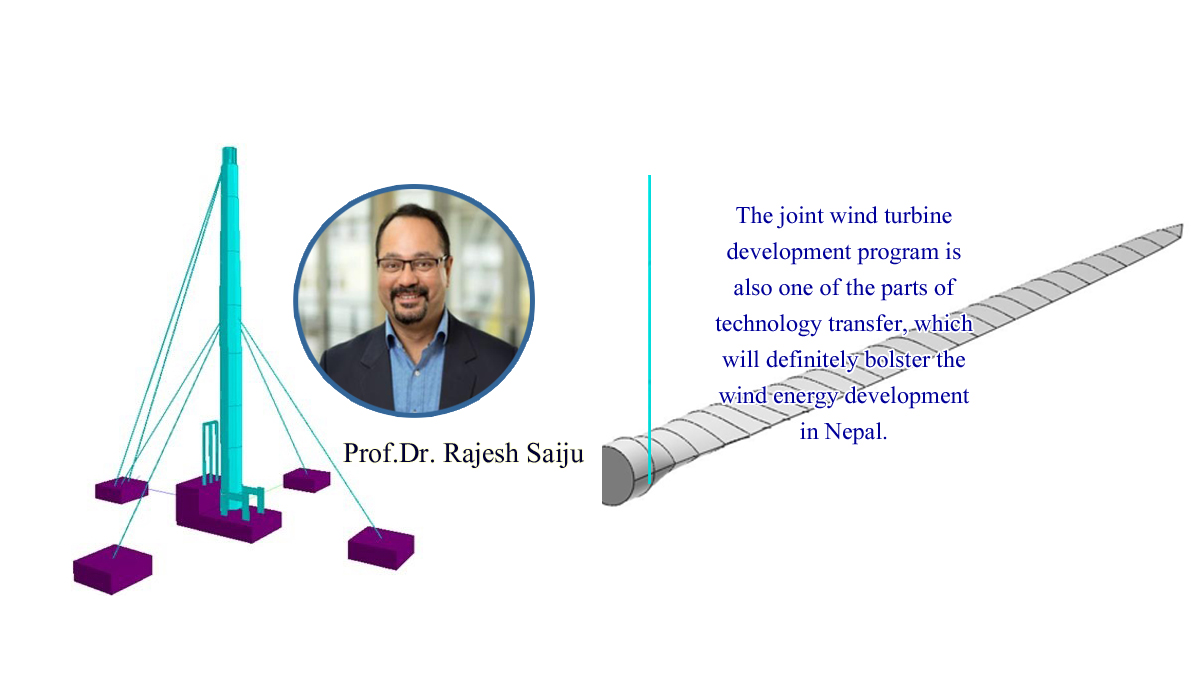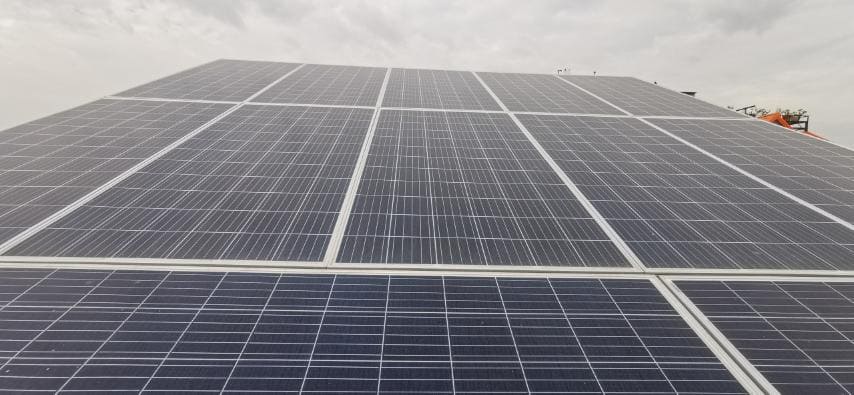Energy Update
Prospects and Challenges for the Green Hydrogen Market in Nepal

Prospects for the Green Hydrogen Market in Nepal
Green hydrogen, often viewed as the fuel of the future, holds immense promise as a clean and sustainable energy solution. Produced through the electrolysis of water using renewable energy sources such as wind, solar, or hydropower, it emerges as a pivotal player in the fight against climate change.

Nepal has significant untapped hydropower resources, making it an ideal candidate for green hydrogen production. The country's mountainous terrain provides ample opportunities for hydropower generation, which can be used to produce green hydrogen through electrolysis.
The green hydrogen market presents substantial economic opportunities for Nepal. By leveraging its abundant renewable resources, the country can establish itself as a key player in the global green hydrogen market, attracting investments and creating jobs in the process.

Moreover, green hydrogen offers Nepal a pathway to enhance its energy security by reducing dependence on imported fossil fuels. By producing its own green hydrogen locally, the country can ensure a stable and reliable energy supply, even in times of geopolitical uncertainty.
As a clean and sustainable energy carrier, green hydrogen empowers Nepal to reduce its carbon footprint and achieve its climate goals, further solidifying its position as a leader in renewable energy adoption and environmental stewardship.
Challenges for the Green Hydrogen Market in Nepal
One of the biggest challenges for the green hydrogen market in Nepal is the need for extensive infrastructure development. This includes building new hydropower plants, electrolyzer facilities, and hydrogen distribution networks, which require significant investments and coordination among various stakeholders. The current state of electrolyzer technology presents another challenge for the green hydrogen market in Nepal. While the technology has been rapidly advancing, there is still a need for more efficient and cost-effective electrolysis technologies to make green hydrogen production economically viable.
The lack of a comprehensive regulatory framework presents yet another hurdle. Clear and supportive policies, coupled with incentivization mechanisms, are needed to attract investments and stimulate growth in the green hydrogen sector. A well-defined regulatory framework can provide certainty and stability, fostering a conducive environment for industry players to thrive and innovate.
Finally, the nascent state of the green hydrogen market globally presents a challenge for Nepal. While there is growing interest in green hydrogen as a clean energy carrier, the market is still relatively small, making it crucial for Nepal to identify and tap into potential demand drivers for green hydrogen both domestically and internationally.
Despite the challenges, the prospects for the green hydrogen market in Nepal are promising. With its abundant renewable resources, the country has the potential to become a key player in the global green hydrogen market, contributing to both economic growth and environmental sustainability. By addressing the challenges and fostering a conducive business environment, Nepal can position itself as a leader in the green hydrogen revolution.
The Author of this article works as a Senior Contract Specialist and Project Expert in the Energy & CRE Business Verticals of Golyan Group, Kathmandu, Nepal
Conversation
- Info. Dept. Reg. No. : 254/073/74
- Telephone : +977-1-5321303
- Email : [email protected]














